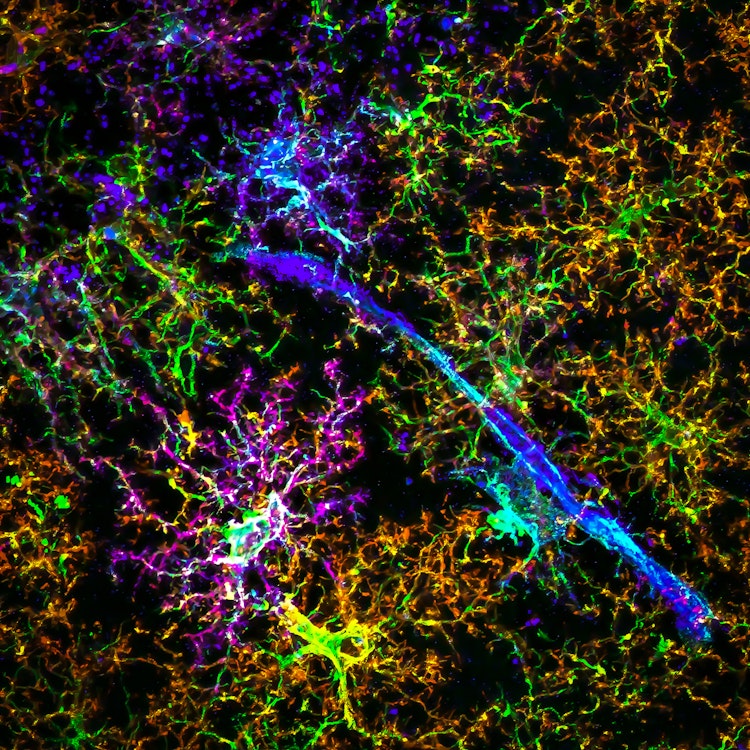
Decoupling astrocytes in adult mice impairs synaptic plasticity and spatial learning
The mechanisms by which astrocytes modulate neural homeostasis, synaptic plasticity, and memory are still poorly explored. Astrocytes form large intercellular networks by gap junction coupling, mainly composed of two gap junction channel proteins, connexin 30 (Cx30) and connexin 43 (Cx43). To circumvent developmental perturbations and to test whether astrocytic gap junction coupling is required for hippocampal neural circuit function and behavior, we generate and study inducible, astrocyte-specific Cx30 and Cx43 double knockouts. Surprisingly, disrupting astrocytic coupling in adult mice results in broad activation of astrocytes and microglia, without obvious signs of pathology. We show that hippocampal CA1 neuron excitability, excitatory synaptic transmission, and long-term potentiation are significantly affected. Moreover, behavioral inspection reveals deficits in sensorimotor performance and a complete lack of spatial learning and memory. Together, our findings establish that astrocytic connexins and an intact astroglial network in the adult brain are vital for neural homeostasis, plasticity, and spatial cognition.
Download
hoesli_2022b.pdfResearchers




